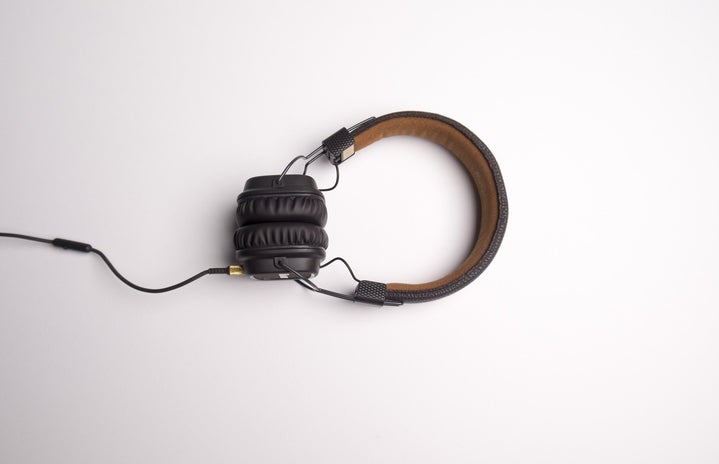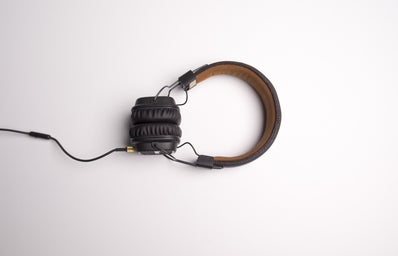In the last few years, you’ve most likely heard the name BTS. Although BTS is one of the most prominent figures in K-pop and pop music in general, K-pop’s popularity on an international scale began as a gradual yet persistent crawl before it appeared in the music scene.
What is the Hallyu Wave?
K-pop first started gaining international prominence in the ‘90s following the classic ballad and Japanese-influenced trot music in the prior decades. The year 1992 marked a monumental moment in K-pop history: the debut of Seo Taiji and Boys, a K-pop boy group inspired by some American pop and hip-hop influences, which revolutionized Korean pop music.
Their debut eventually became one of the catalysts of what would be known as the Hallyu Wave. According to business strategist Martin Roll, the Hallyu Wave is “global popularity of South Korea’s cultural economy exporting pop culture, entertainment, music, TV dramas and movies.”
The Hallyu Wave prominently began in the ‘90s, and it hasn’t faltered since. From the initial success of K-pop artists like Seo Taiji, Boys and H.O.T. to third-generation K-pop groups like BTS and TWICE, the Hallyu Wave continues to thrive.
Is K-pop as manufactured as it seems?
Regarding the manufacturing aspect of K-pop, the answer is yes and no. In the early years of K-pop, the popular boy band H.O.T. debuted under the label SM Entertainment, and South Korea saw one of the first “manufactured” K-pop groups. After that, other major companies like YG and JYP Entertainment saw the company’s success and insisted that in order to be competitive, they needed to train the best of the best. As a result, the big three labels and numerous smaller companies implemented a strict trainee system.
Many idol trainees, especially from a young age, audition or are scouted by recruiters. Their life as a trainee is immensely competitive, often consisting of dance evaluations, vocal tests and weight checks. The length of time that they train varies too; Some often train for years before debuting, and some train in as little as one day like LOONA’s Olivia Hye. Also, multiple entertainment companies document their trainees’ progress on social media in various ways, including survival shows, dance covers and performances. As a result, numerous trainees gain a fanbase before they even debut.
However, in recent years, K-pop has been criticized for its manufactured method of producing idols, which resulted in many people discrediting the hard work of various groups and soloists by saying that the idol is just an attractive face performing someone else’s work. To combat this, entertainment companies scour the globe in search of trainees that are not only exceptional performers but also promising artists that have a passion for songwriting, music production and choreography.
Life after debut
In K-pop, an artist or group’s debut is a monumental and crucial step in an idol’s career. For many, a debut can define a rookie soloist or group in the public eye. Debut is a time where fans can finally get to know the artist or individual members of a group via numerous promotions that artists undergo in order to advance their young career.
Within K-pop bands, both male and female, there are numerous positions, and members can be in charge of multiple positions in the group. In most cases, there’s a leader that’s in charge of the overall wellbeing of the group, the main vocalist, main dancer, main rapper and maknae, which is the youngest of the group.
As the artist or group progresses in their career, each comeback often marks changes to concepts or themes in both the songs’ vibes and wardrobe aesthetic. Like fashion trends, concept themes come and go with each generation. For example, in the ‘90s, many stylists for the first generation took inspiration from American hip-hop and pop artists like N-Sync.
Now that K-pop is leaving the third and transitioning into the fourth generation, many popular concepts for the industry right now include girl crush aesthetics, which is highly prevalent with female groups like Blackpink and Everglow, and cute, soft boy themes, which are popular with groups like TXT.
K-pop recommendations:
1. If you like Ariana Grande, you might enjoy Red Velvet
Debuting under SM Entertainment in 2014, Red Velvet consists of five members: Seulgi, Wendy, Joy, Irene and Yeri. Similar to Ariana Grande, the group began with very cute and innocent concepts, aesthetic and music-wise, with their debut song “Happiness.” However, as they grew older, the group began experimenting with more mature concepts and songs, developing a uniquely rich and feminine sound.
2. If you enjoy Cardi B, you’ll fall in love with Jessi
Hailing from Brooklyn with a career spanning over a decade, Jessi first appeared in the K-pop scene in 2005 as a soloist. After a five-year hiatus, she returned to K-pop under YMC Entertainment in the hip-hop group Lucky J alongside performers J’Kyun and JERO.
Known for her strong and unapologetic personality, Jessi continues to defy the standards of the ideal Korean woman, and she is not afraid to openly curse and show off her naturally darker complexion, which contrasts with the innocent and demure Korean standard.
Now under Psy’s record label P Nation as a solo artist, she recently released her EP Nuna and is continuing to deliver the edgy vibes that K-pop needs.
3. If you can never get enough of pop divas, you’ll be addicted to Ailee
Although she was born and raised in New Jersey, Ailee moved to South Korea to pursue a career in K-pop under the label YMC Entertainment in 2012. In K-pop, she’s known for her rich and stunning vocals, and fun fact, she is informally dubbed the Beyoncé of South Korea.
At the time that she debuted, there were not many female artists that possessed raspy and rich vocals, so when Ailee appeared, she immediately caught the public’s eye.
Now under Rocket3 Entertainment, she just released her fifth mini-album, I’m.
4. If you love blasting Børns, you’ll definitely vibe to The Rose
Unlike many K-pop groups known for their choreography and performances, debuting in 2017, The Rose is a traditional band under J&Star Company known for its unique and fun sound. They’re a four-man band, consisting of Woosung, Dojoon, Hajoon and Jaehyeong.
Prior to their formal debut, they often made appearances busking on the streets of Hongdae. They’ve steadily grown in recent years with more televised appearances on mainstream platforms like Music Bank. However, they never lost their underground roots and could still be busking in Hongdae.
5. If DaBaby is more of your taste, I have to suggest Agust D.
Yes, I know that Agust D is technically Suga from BTS, but hear me out. Agust D and Suga are just two different sides of the same Min Yoongi! Unlike Suga of BTS, in an interview with Time Magazine, Min explains that Agust D is his alter ego that can be more honest and raw than Suga.
Compared to his work with BTS, Min’s music as Agust D is more expressive and unapologetic, and fans cannot get enough of it.
The world of K-pop is more than boy bands and “manufactured” artists. Next time you’re looking for new music to listen to, be sure to check out some of these incredibly dedicated and talented artists.



